As Creative Director, I designed and built all of these exhibits, starting as soon as the drywall seams were dry and sanded (I did some of that work too). But it takes a lot of dedicated work and specialization to pull something off on this scale. When it came to the process of creating the narrative structure of the exhibits, I worked most closely with historian/author Chuck Keeney, who wrote most of the museum labels and created timelines which run throughout the exhibits, putting the West Virginia Mine Wars into both national and international context. I also worked closely with museum director Kenzie New Walker, historian/author/board president Catherine Moore, and board member/retired public school art teacher/local history keeper Wilma Steele.
Members of UMWA Local 1440:
Danny Collins, Terry Steele, Hawkeye Dixon, Dennis Dixon, Danny Whitt, and all the good folks there who have supported us from day one.
Museum Volunteers:
Jinny Turman, Marvin Jones, Jordan Walker, Don Slifer (my dad!), Zach Rissman, Chad Cordell, David Baghdadi, Brandon Nida, Doug Estepp, Danny Lutz, and David Tabb
…and our amazing museum board members:
Wilma Steele, Courtney Boyd, Lou Martin, Chuck Keeney, Cat Moore, Katey Lauer, Francine Jones, and Barbara Ellen Smith. (Welcome to brand new board members Howard Phillips, Lindsay Shade, and Virginia Thomas!) Special thanks to Kim McCoy, our shop manager and docent!
What would we do without these specialists:
- Terry Steele did anything and everything he could to help, including painting with me for hours while listening to a lot of John Prine and Gillian Welch.
- Ben Grubb fabricated our bomb replica.
- Ramon Camacho helped immensely as our lighting consultant.
- Rebecca Susman updated the replica tent that she first built in 2015.
- Amalia Tonsor did some expert faux aging work on that tent.
- Jenn Gooch fabricated two stunning pieces of period clothing for exhibition.
- Christian Shaknaitis hand-painted two incredible period-specific signs.
- Kristen Zamborsky and the team at AlphaGraphics in Pittsburgh managed all of our digital printing, from photo reproductions which we framed to a giant mesh banner that we cloaked the side of our building with.
- Gerty Tonjum built a couple of new exhibition cases to spec.
- Randy Marcum & Aaron Parsons helped us dig deep for some new archival images at the West Virginia State Archives.
- Doug Estepp, Danny Lutz, and David Tabb brought pieces of an old jail cell across the state just in time for me to install one in the museum before we opened.
And we really can’t thank Danny Collins enough, as he ran around like a hero and did every single thing we couldn’t figure out, from all the electrical work to anything needing an expert craftsman.
Until we can get into something of a regular schedule, you know, some day, check our Facebook page for updates about current opportunities to visit! We’ve got some nice merch in our shop if you wanna show some support, and if you really want to get involved, we have a membership program!
This fall and winter I’m working on overhauling our website and doing some in-depth cataloging and documentation of our collection, stay tuned!
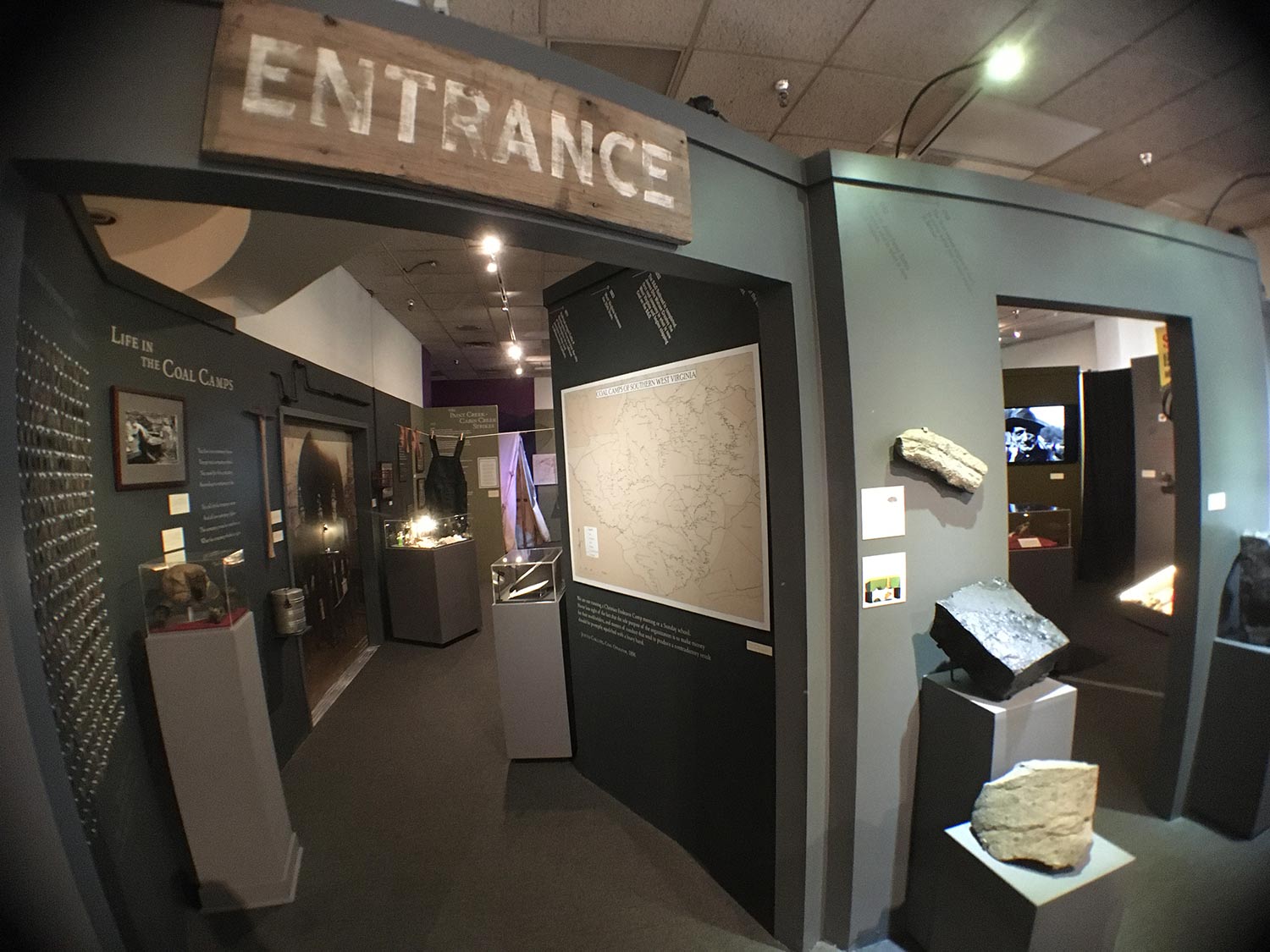
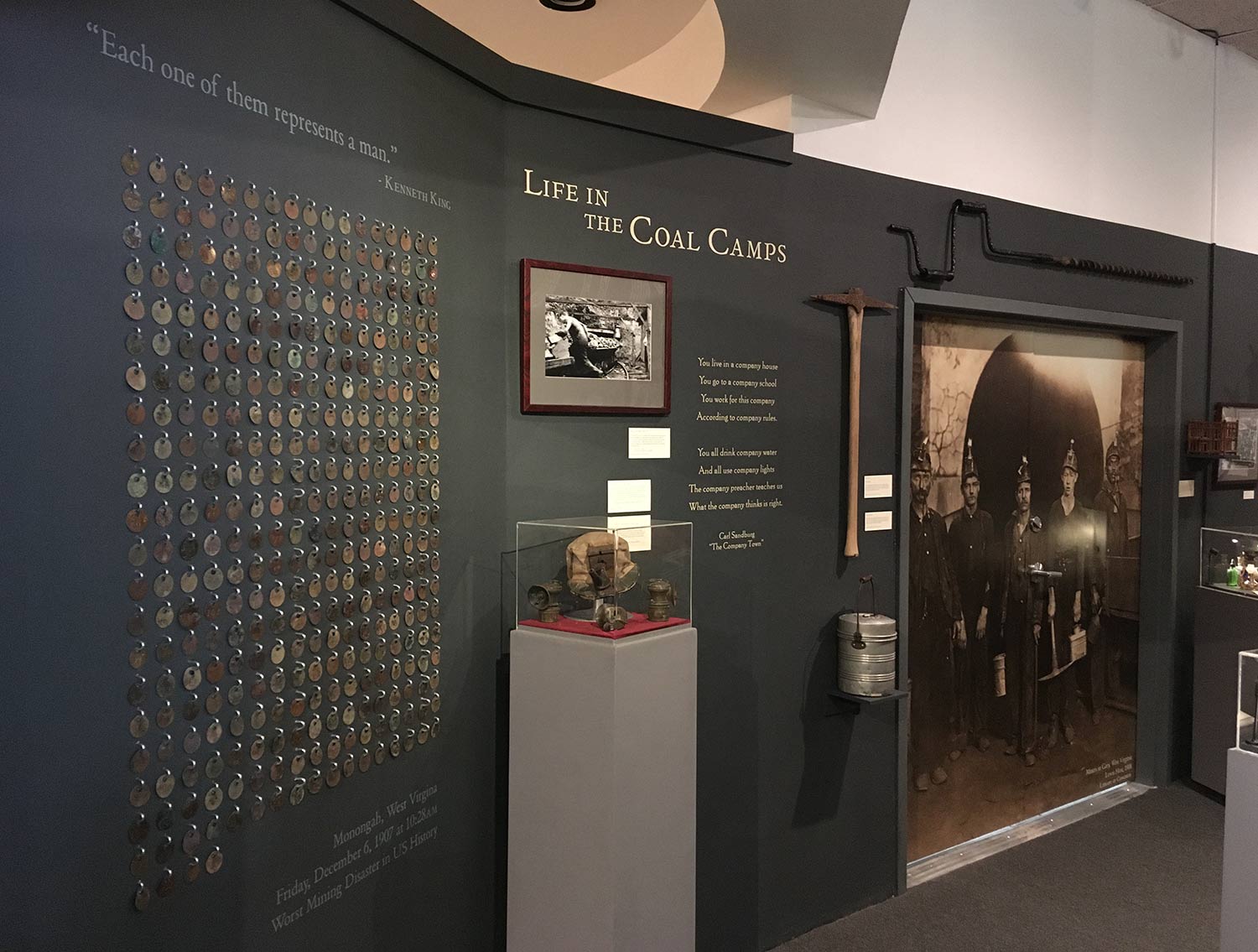
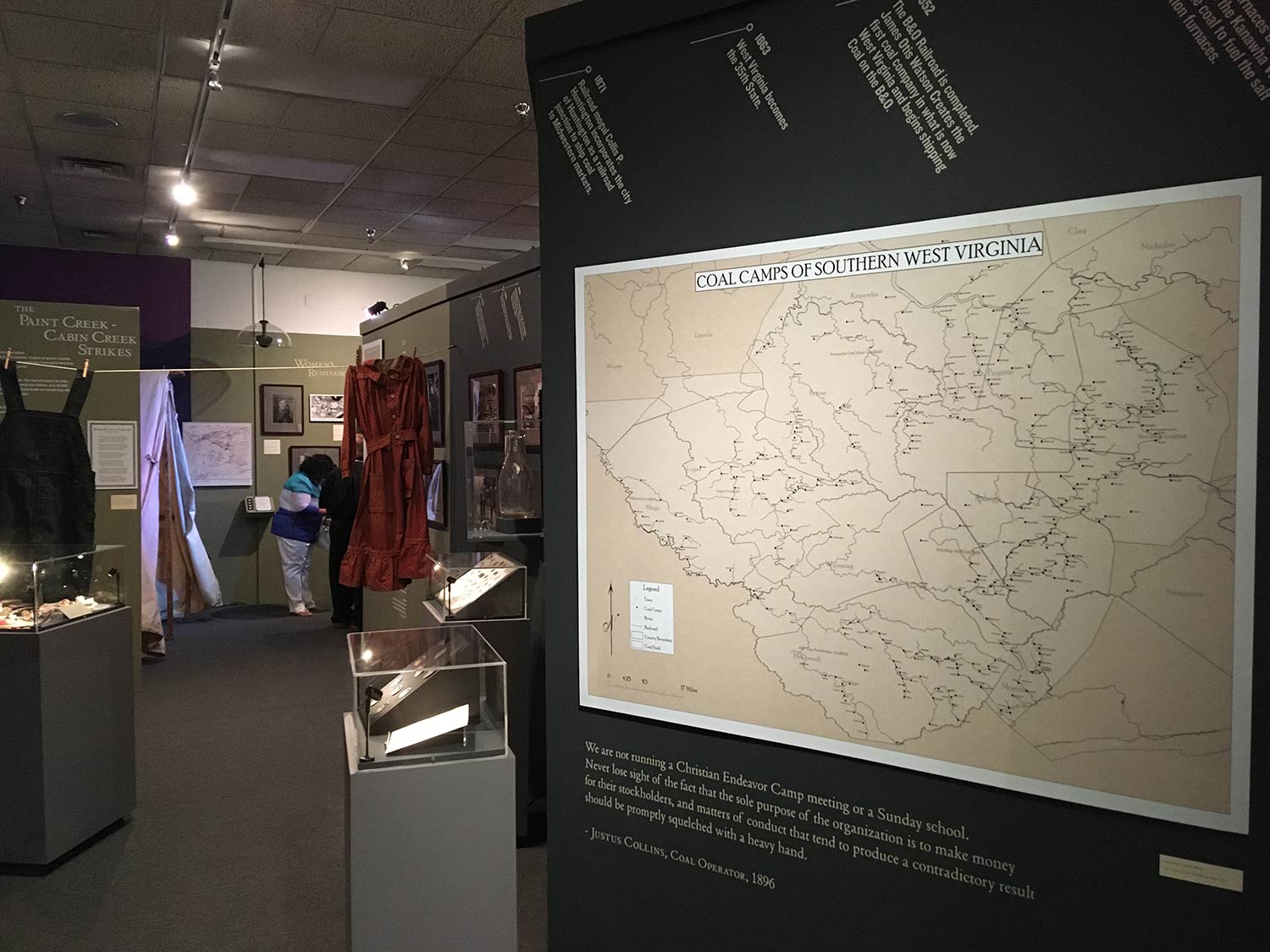
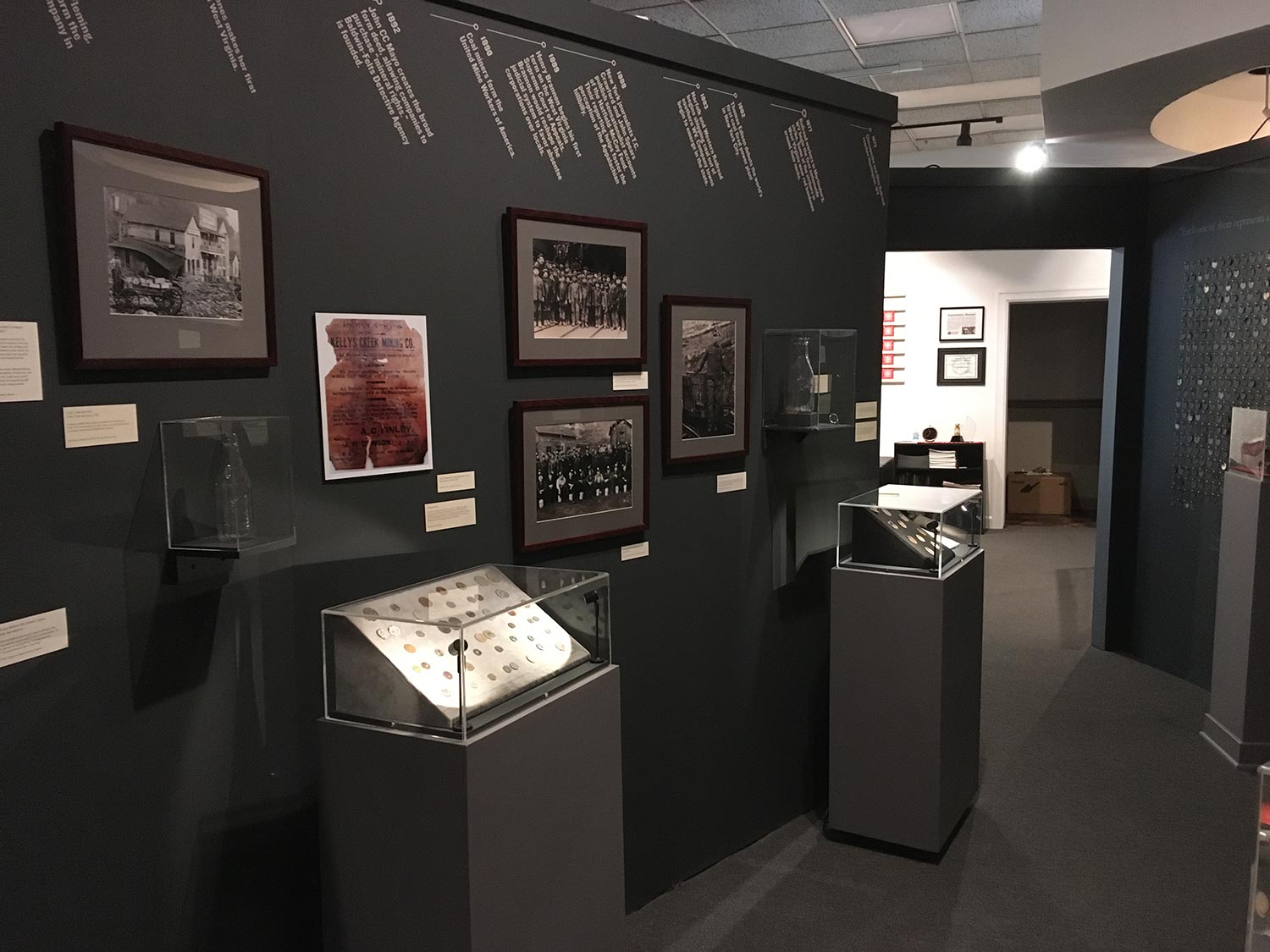
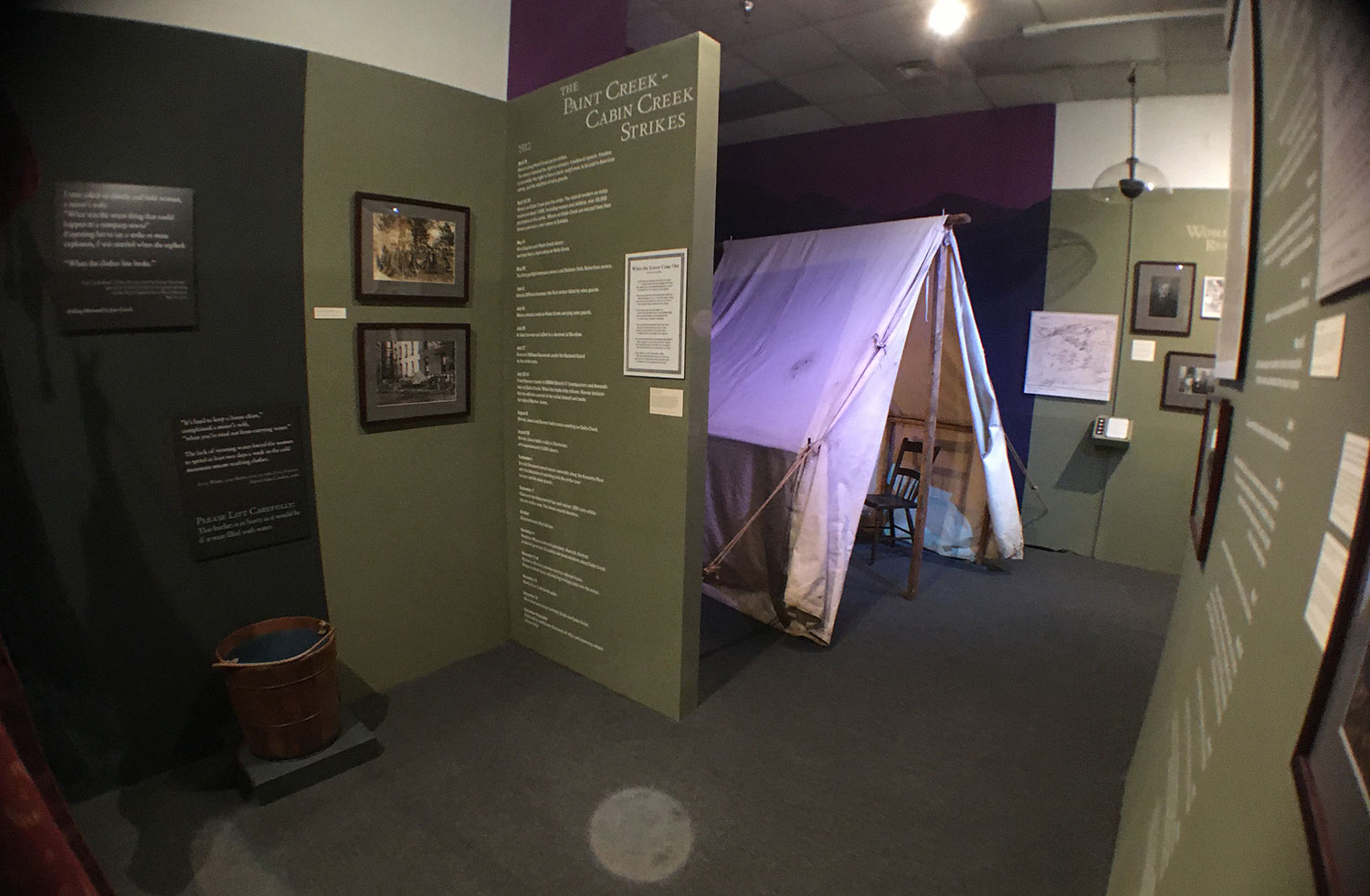
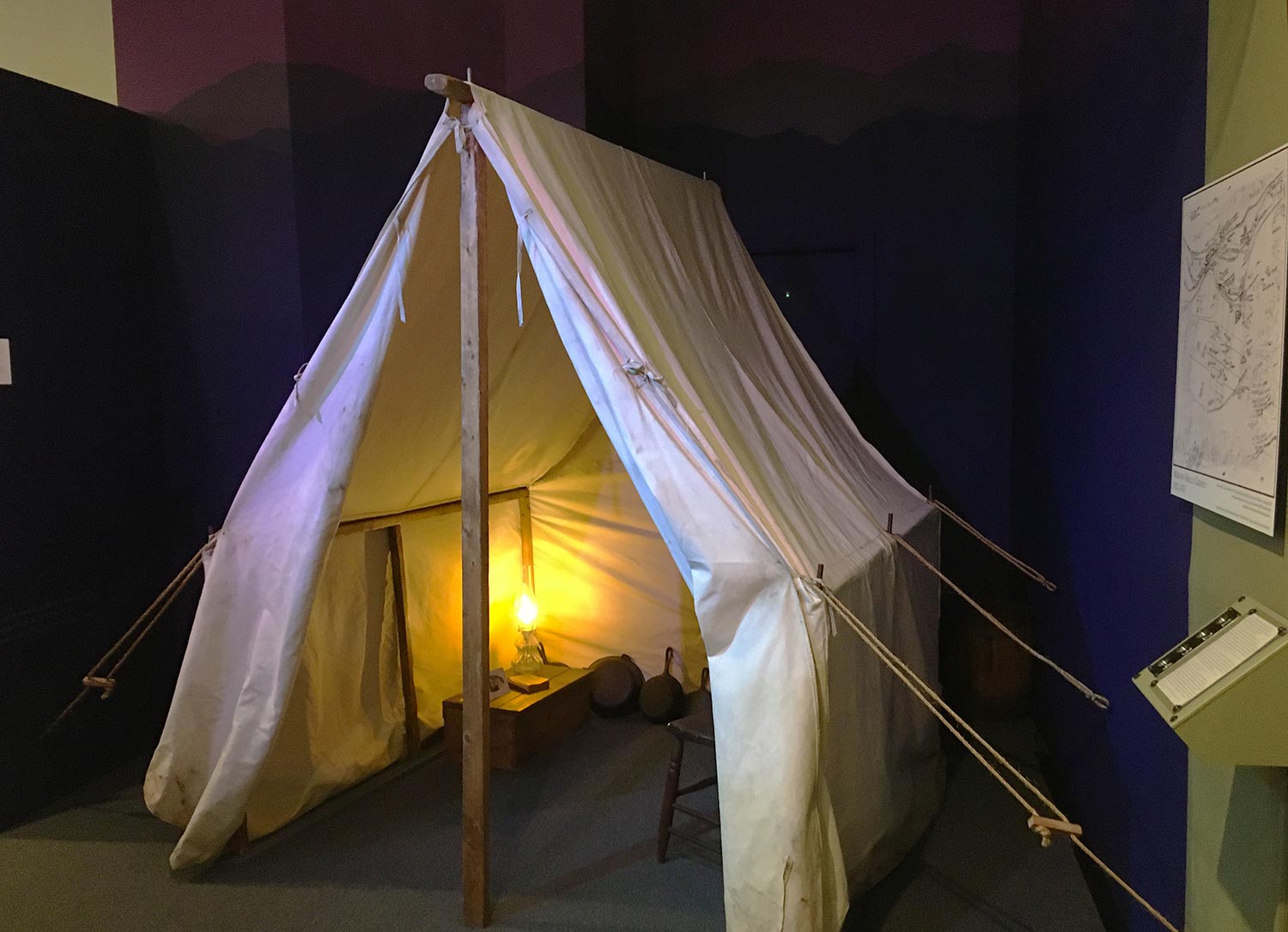
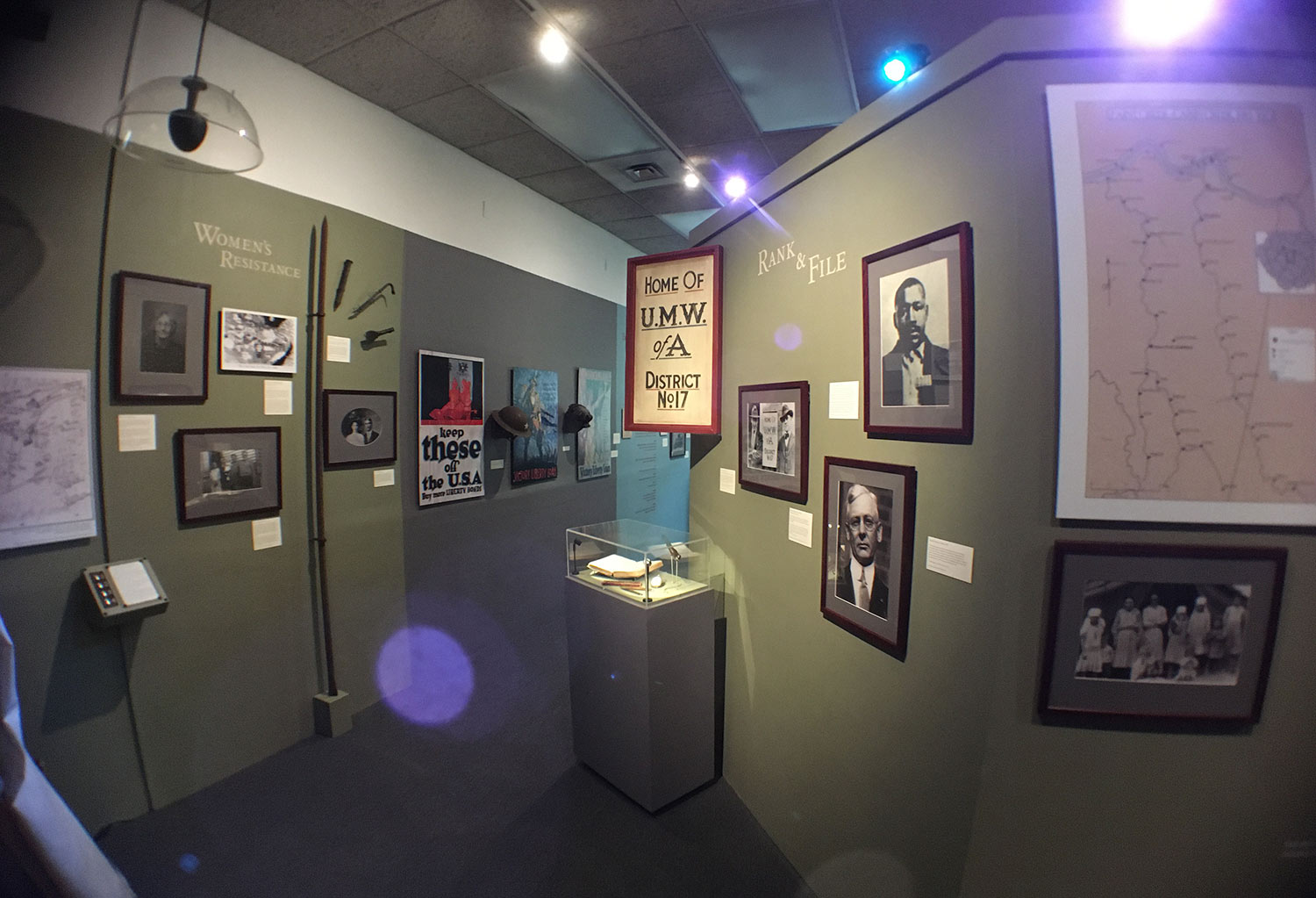
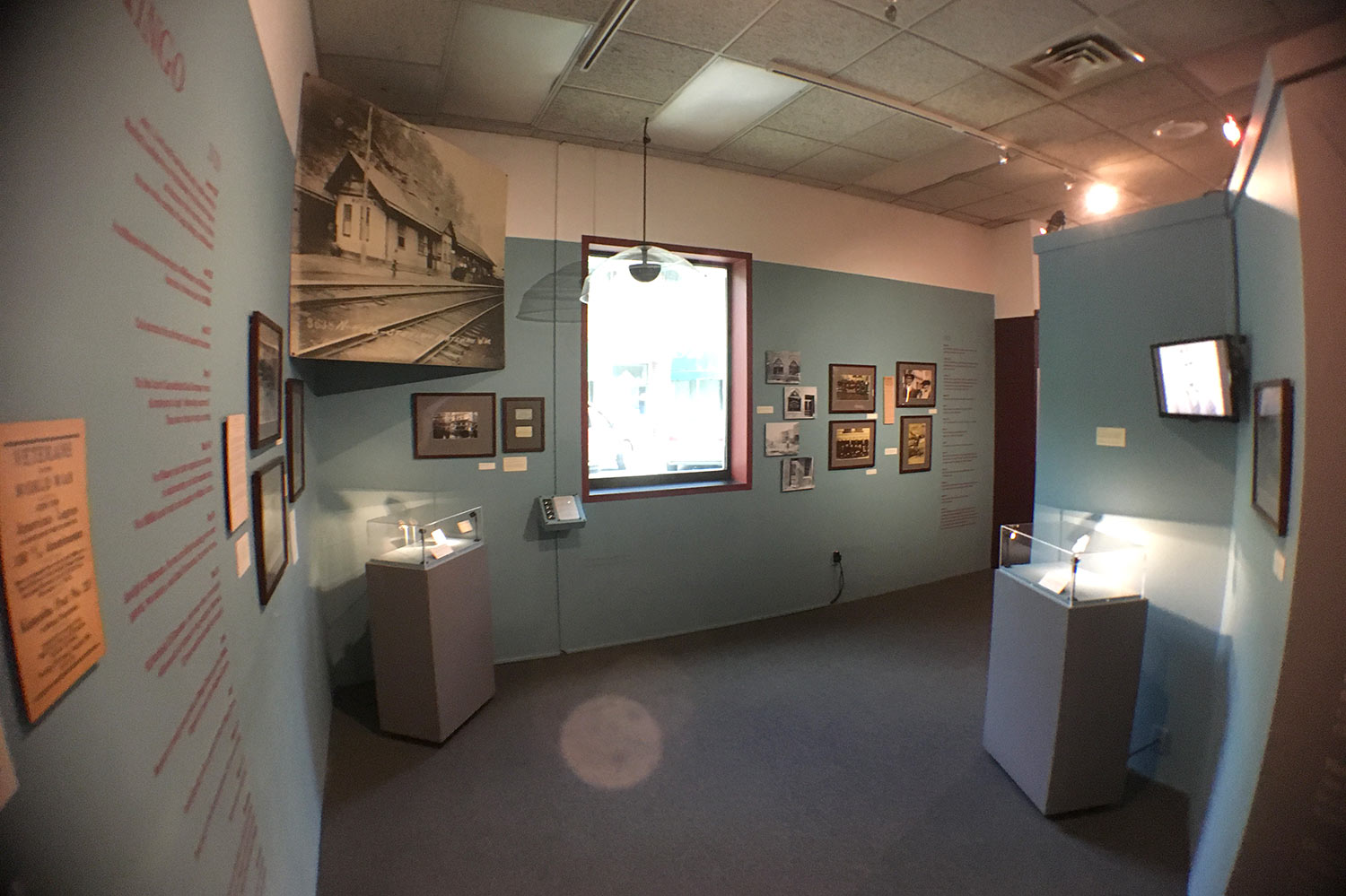
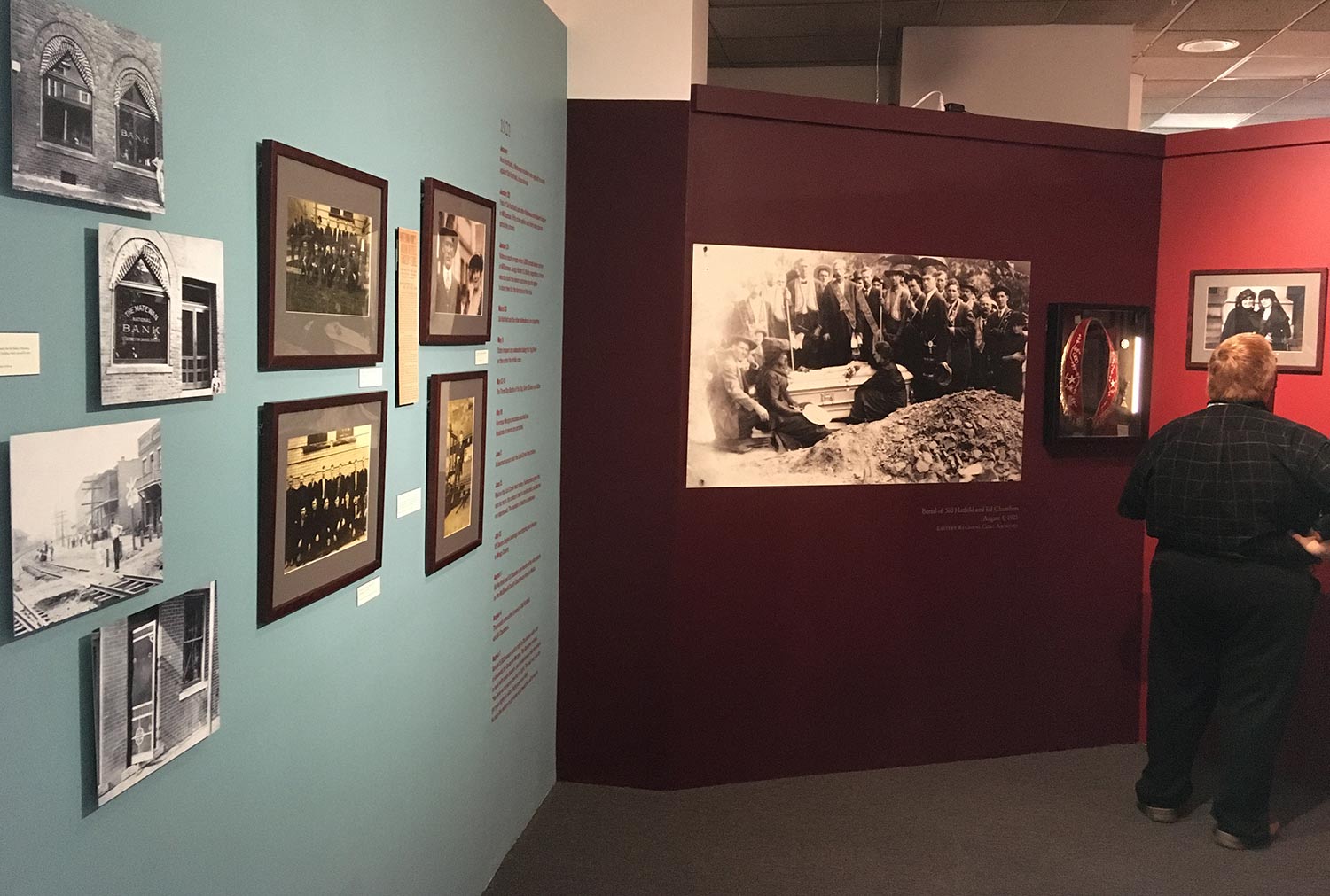
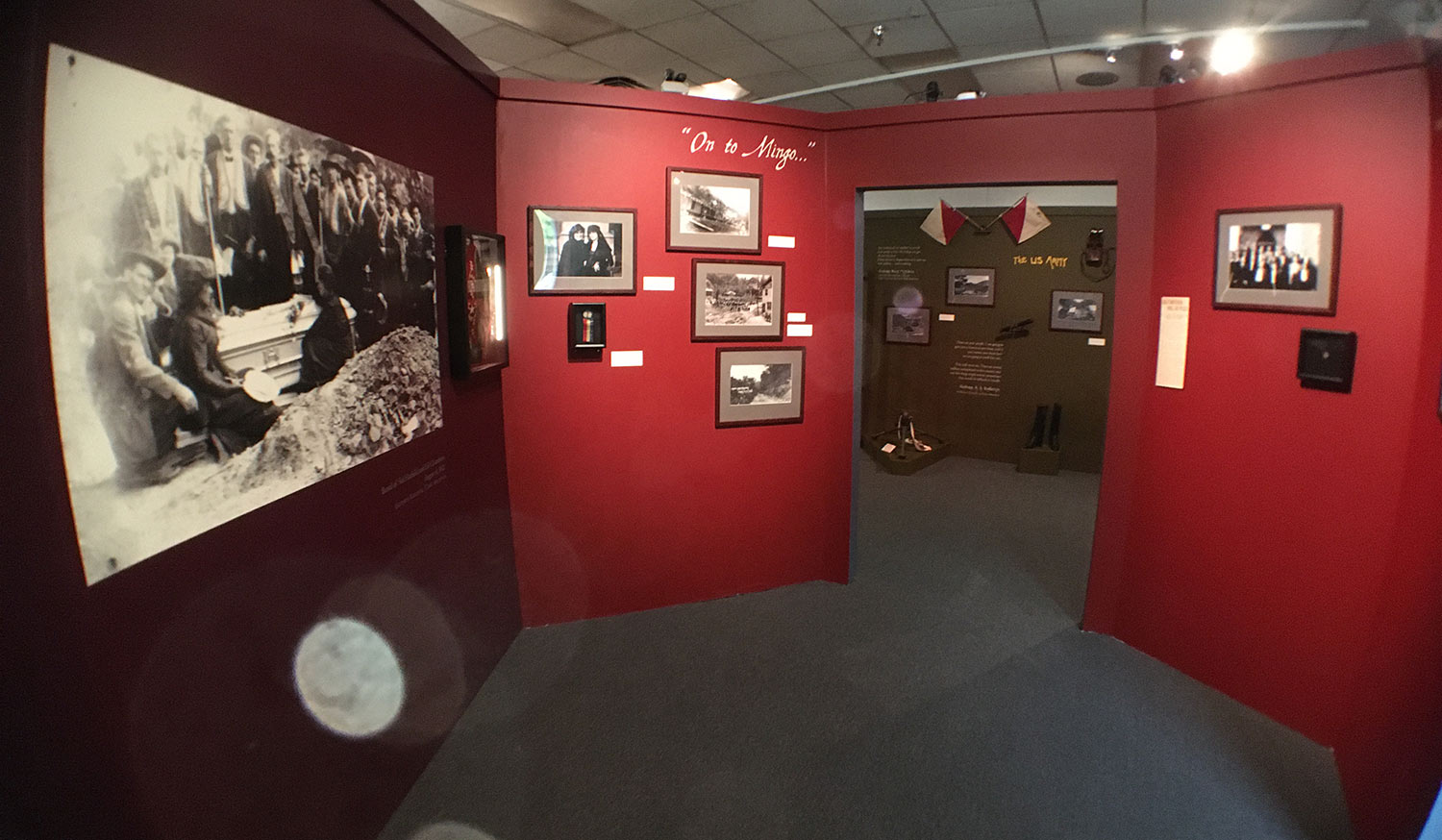
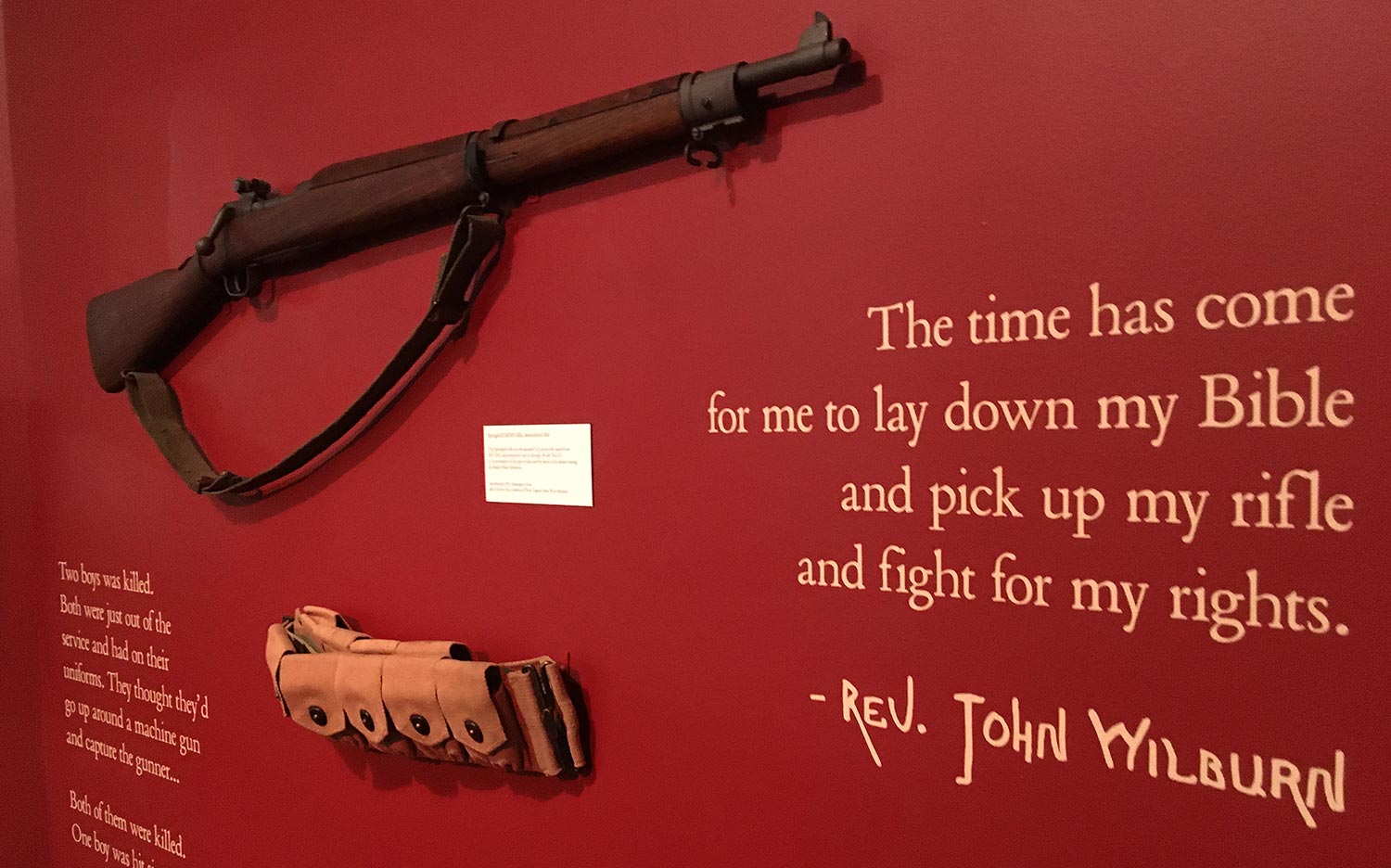
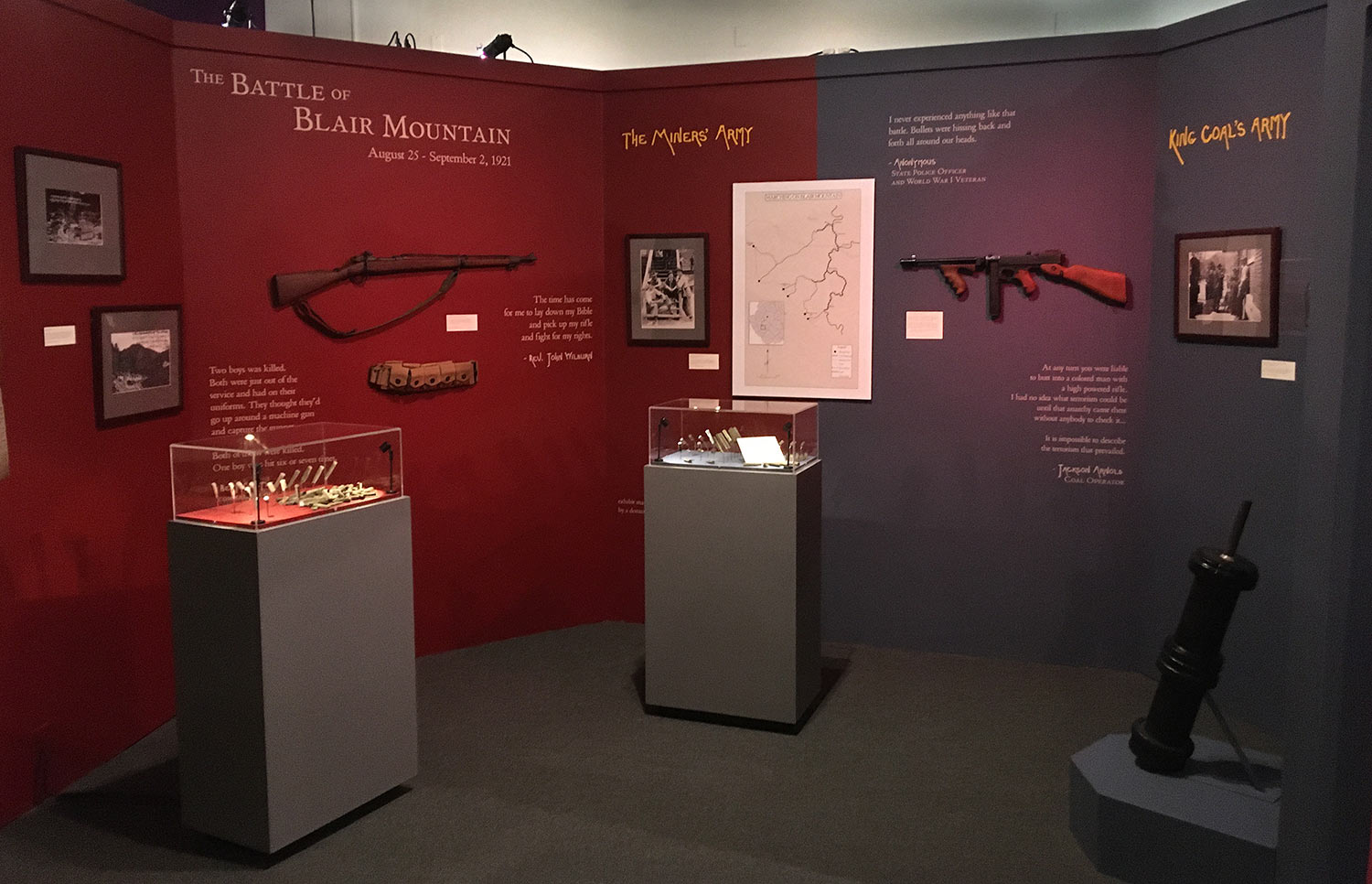
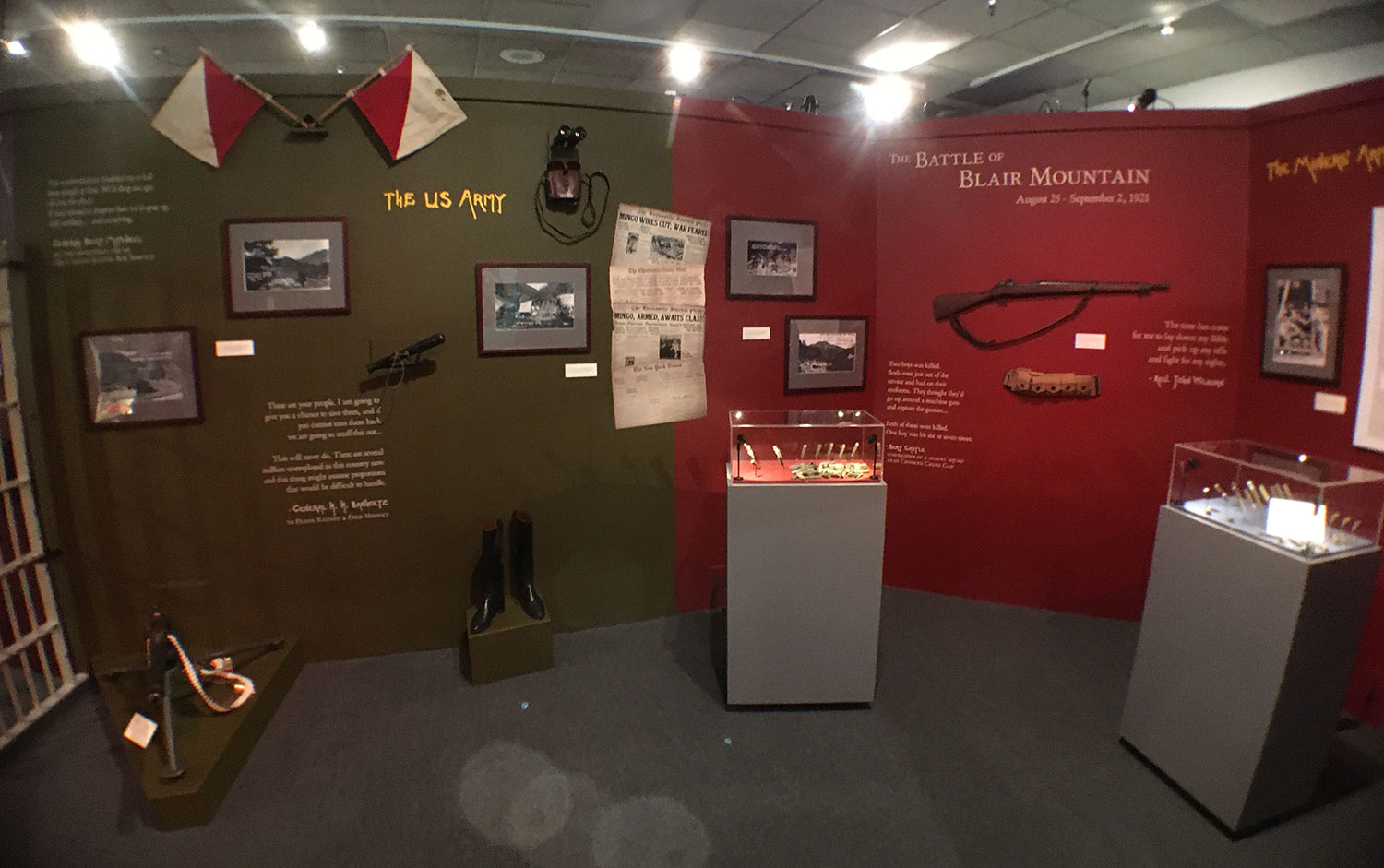

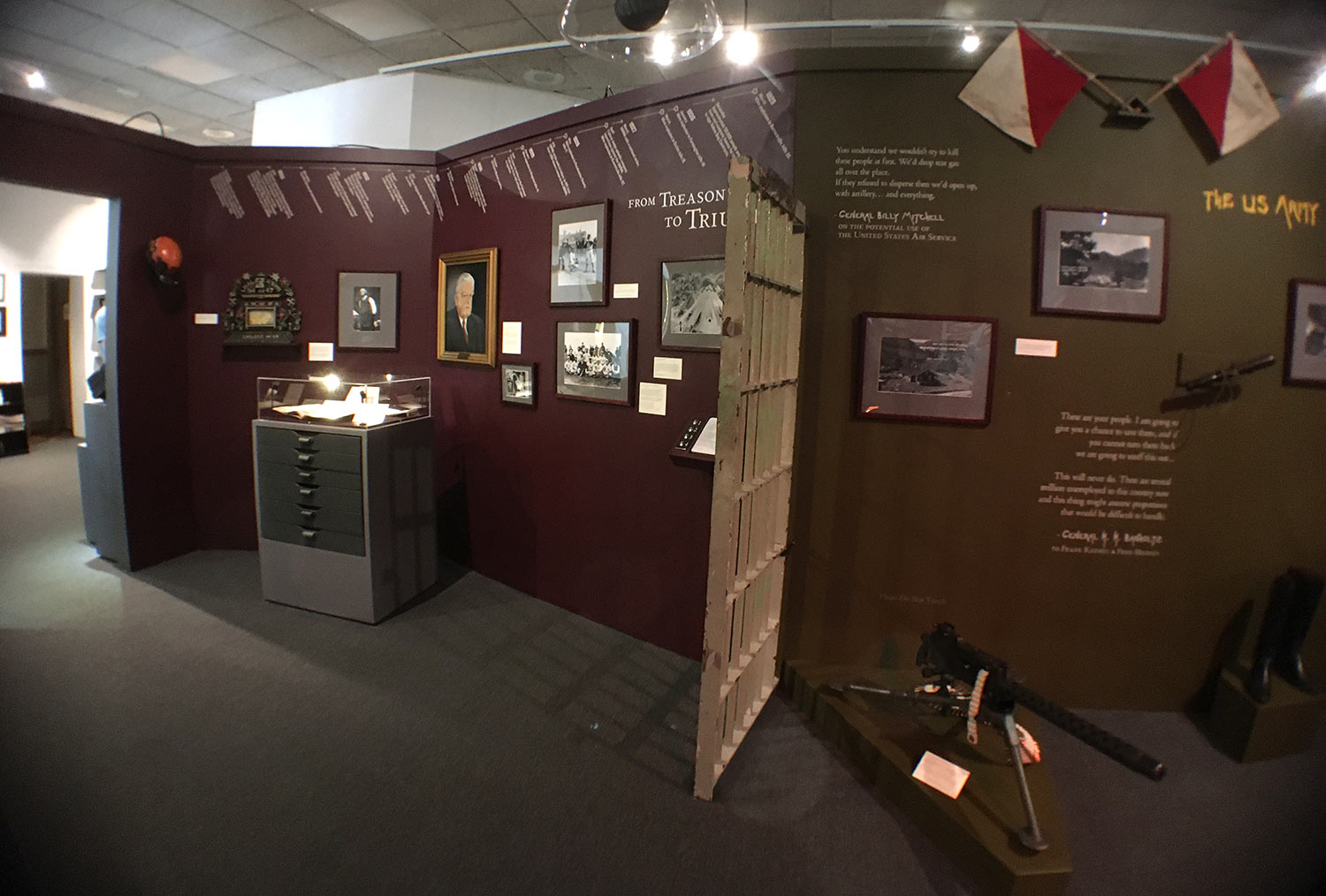
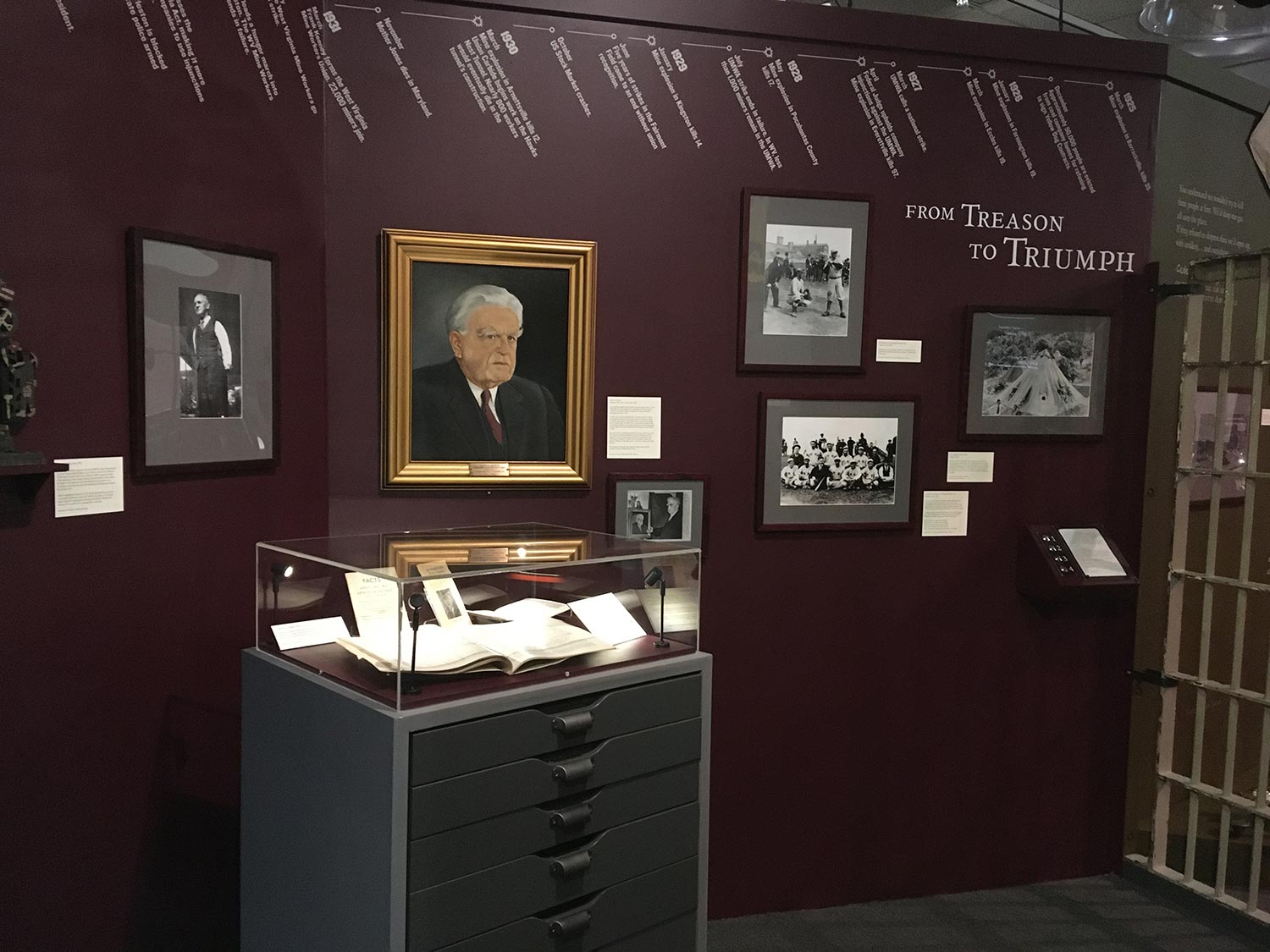
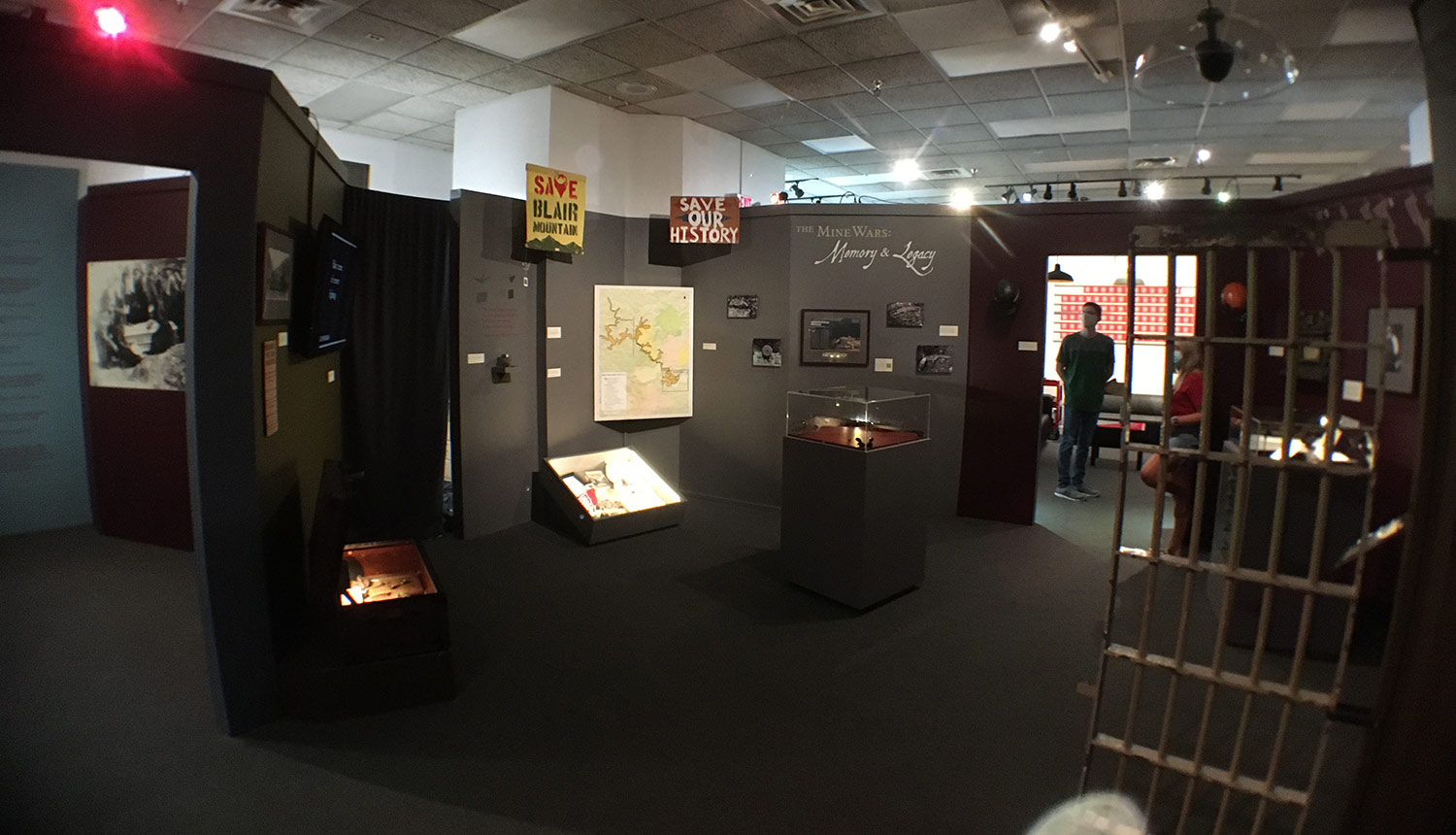
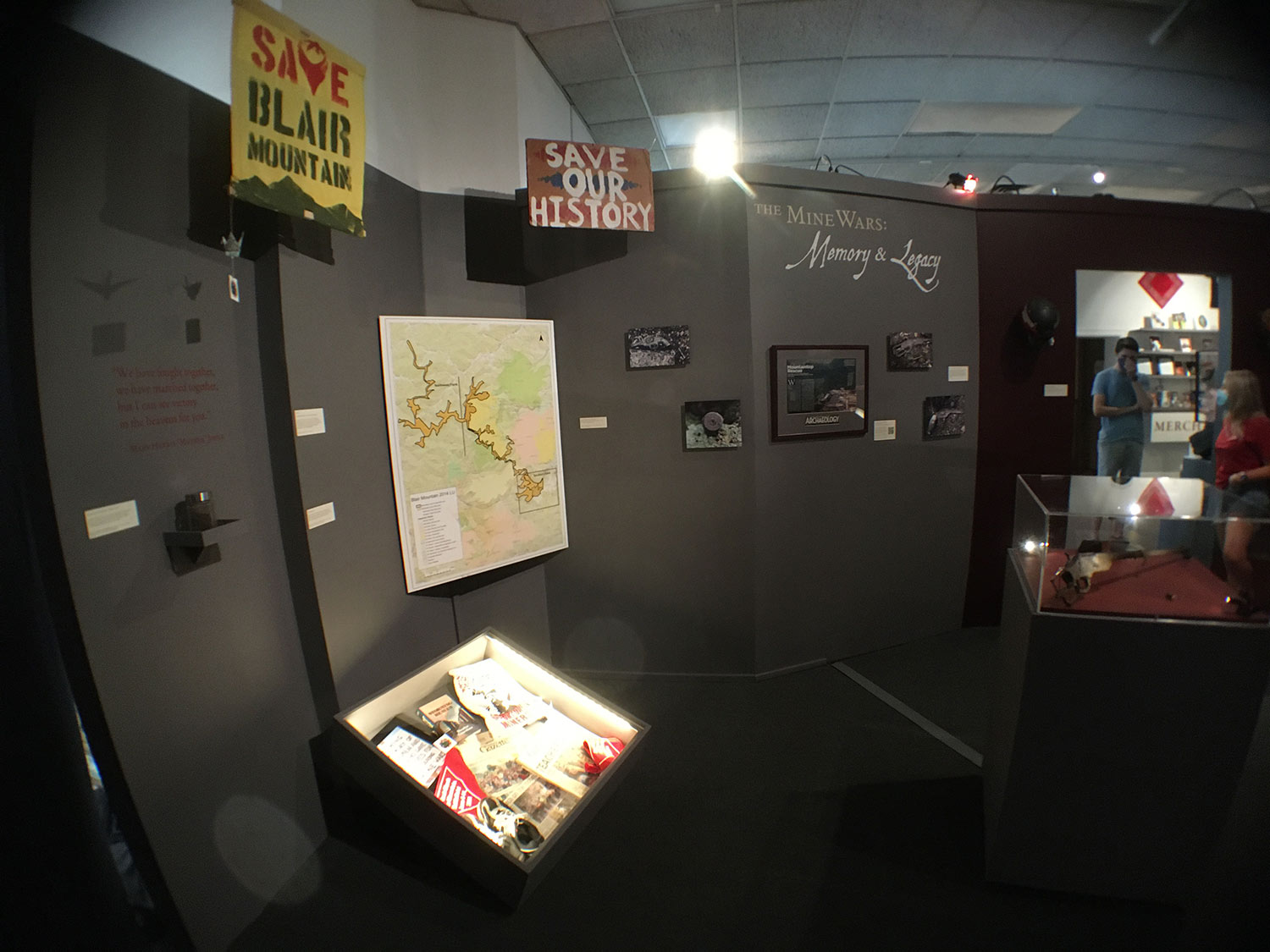

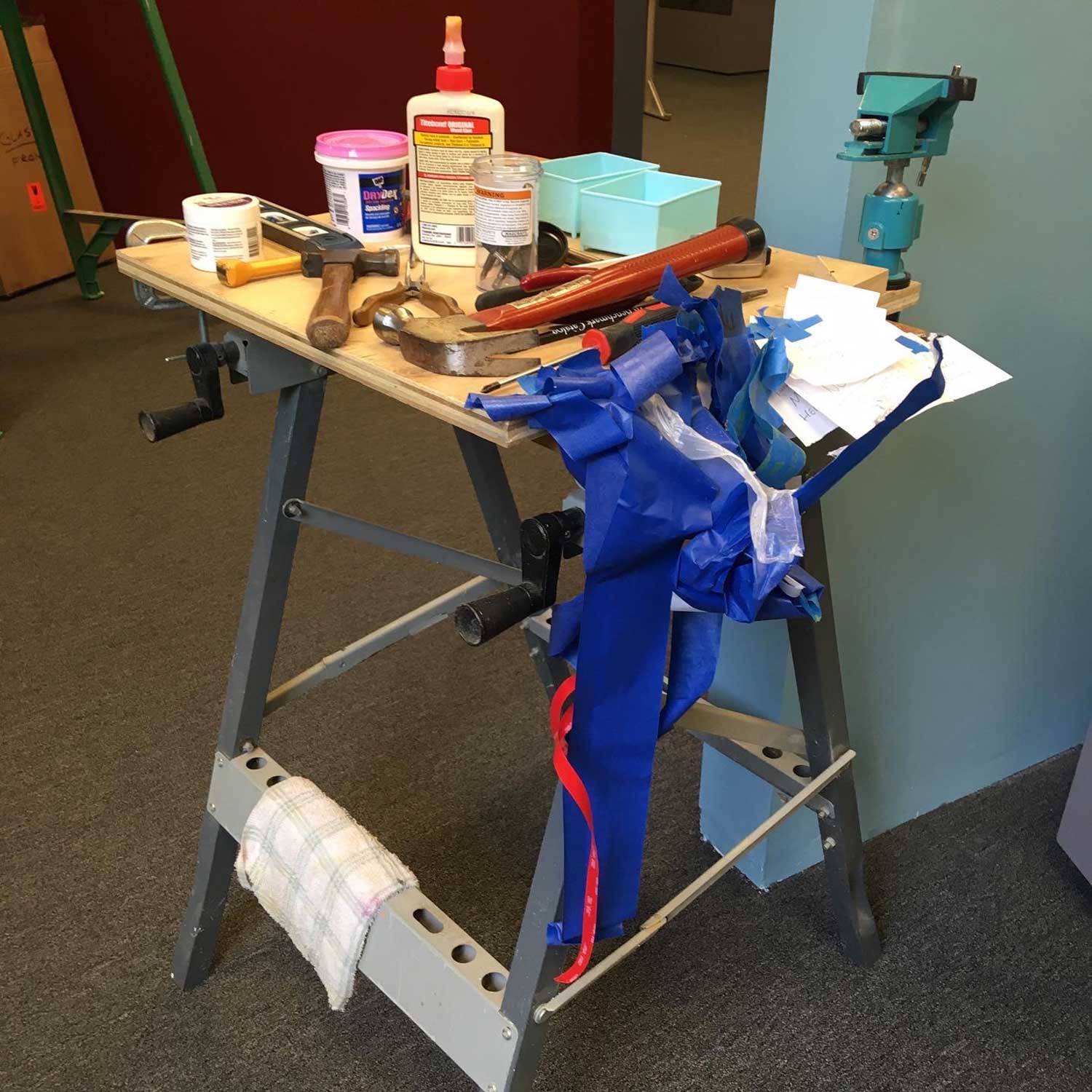
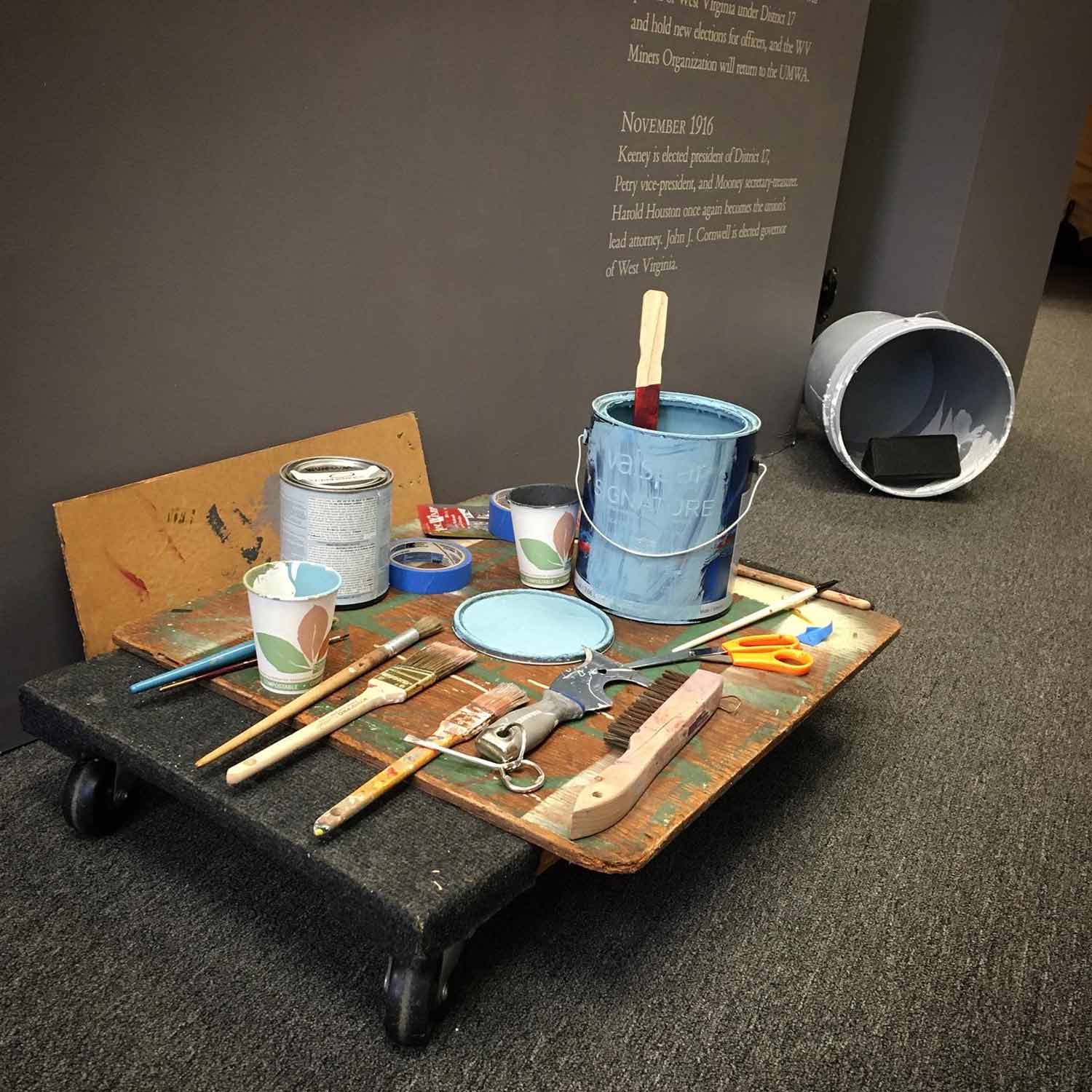
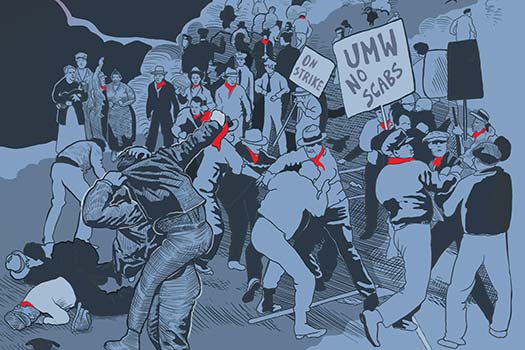
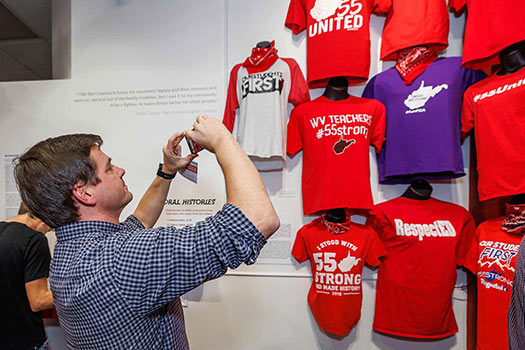

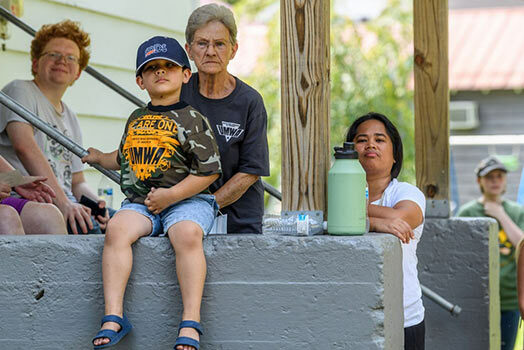
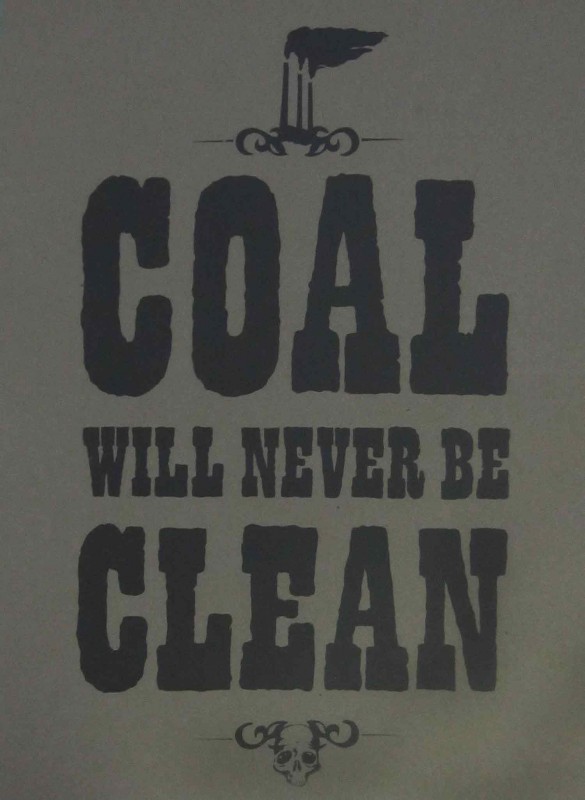



My Grandfather James Kirkpatrick fought in the battle of Blair Mountain.
This looks amazing, I hope I can come & see it one day.
Thank you for all your time & effort. It is appreciated